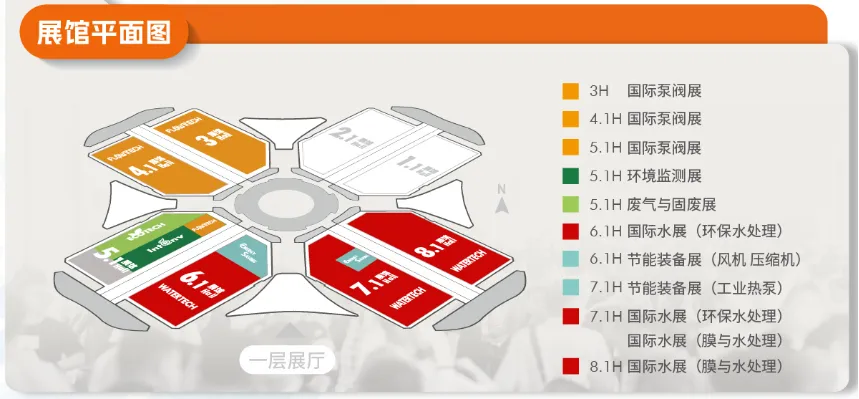Mobile:+86-311-808-126-83
Email:info@ydcastings.com
English
Exploring the Benefits and Techniques of Low Pressure Die Casting in Aluminum Production
Aluminum Low Pressure Die Casting An Overview
Aluminum low pressure die casting is a manufacturing process that has gained significant popularity in various industries due to its ability to produce high-quality, complex parts with excellent dimensional accuracy. This method is particularly valued in sectors such as automotive, aerospace, and consumer electronics, where lightweight yet durable components are essential.
Process Description
The low pressure die casting process involves injecting molten aluminum into a mold under low pressure. This method differs significantly from high pressure die casting, where the molten metal is forced into the mold at high speeds. In low pressure die casting, the molten metal is drawn into the mold by the use of atmospheric pressure, typically around 0.1 to 0.2 bar. This gentle approach minimizes turbulence, reduces the likelihood of defects, and allows for better filling of intricate mold cavities.
The process begins with the aluminum being melted in a furnace. Once the metal reaches the required temperature, it flows through a filling pipe into the mold, which is usually made of steel and preheated to ensure better mold release and to reduce thermal shock. As the aluminum fills the mold, any air in the cavity is displaced, which helps to reduce the chances of air entrapment and porosity in the final product.
Advantages of Low Pressure Die Casting
One of the most significant advantages of aluminum low pressure die casting is the superior surface finish it provides. The slow and controlled injection of molten metal allows for a smoother finish compared to other casting methods, which often require additional machining or finishing operations. This not only saves time and costs in post-processing but also improves the overall appearance of the parts.
Moreover, low pressure die casting is known for producing components with excellent mechanical properties. The process results in a fine-grained structure, which enhances strength and ductility, making parts more suitable for demanding applications. Additionally, the lower rates of included porosity improve fatigue resistance, which is crucial for components subjected to cyclic loads.
Another noteworthy benefit is the ability to produce complex geometries. Low pressure die casting can accommodate designs with intricate features, thin walls, and varied wall thicknesses, allowing manufacturers to innovate and create more efficient parts that meet specific design requirements.
aluminum low pressure die casting

Applications in Industry
The versatility of aluminum low pressure die casting makes it suitable for a wide range of applications. In the automotive industry, it is commonly used for producing engine blocks, transmission cases, and various structural components. These parts must be lightweight yet strong, making aluminum an ideal choice that meets these criteria while offering improved fuel efficiency.
In aerospace, low pressure die casting is employed to create intricate parts that require high precision and reliability. Components such as brackets, housings, and structural elements benefit from the method’s ability to produce highly detailed designs while maintaining strength and a lightweight profile.
Consumer electronics also leverage this casting process to produce housings and enclosures that protect delicate components while still being aesthetically pleasing.
Environmental Considerations
As industries increasingly focus on sustainability, aluminum low pressure die casting presents an eco-friendly option. Aluminum is highly recyclable, and the process itself minimizes waste compared to traditional manufacturing methods. Manufacturers can recycle scrap from the casting process, reducing raw material costs and environmental impact.
Conclusion
In summary, aluminum low pressure die casting is a highly efficient manufacturing method that offers a range of benefits, including excellent surface finishes, mechanical properties, and the ability to produce complex geometries. Its versatility across various industries underscores its importance in modern manufacturing, making it an essential process for producing high-quality aluminum parts in a sustainable manner. As technology progresses, the refinement of this process will likely lead to even more innovative applications and improvements in efficiency, solidifying its role in the manufacturing landscape.
-
High-Performance Automobile Water Pump & Electric SolutionsNewsAug.30,2025
-
Expert Stainless Steel Casting | Precision & Durable Metal PartsNewsAug.29,2025
-
Precision Metal Castings: Aluminum, Stainless Steel & Die CastingNewsAug.28,2025
-
Superior Aluminum Castings in Automotive Engine PartsNewsAug.22,2025
-
Common Materials Used in Fan Housing ManufacturingNewsAug.22,2025
-
Symptoms of a Stuck Automobile Water Pump ImpellerNewsAug.22,2025











